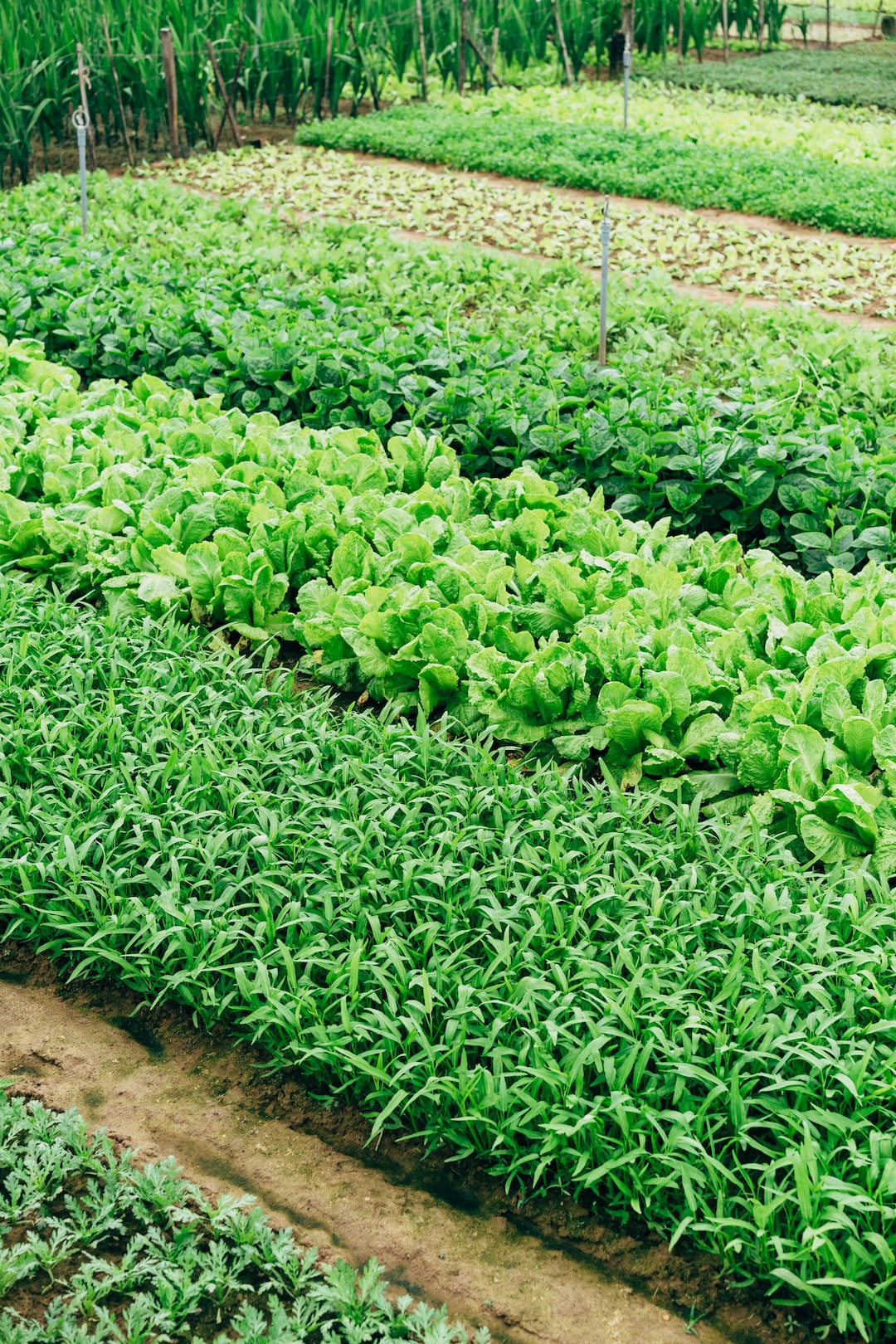How to Attract Pollinators to Your Garden
Pollinators play a crucial role in plant reproduction, facilitating the transfer of pollen from the male to the female parts of flowers. These tiny creatures, which include bees, butterflies, bats, and various other insects, are responsible for pollinating approximately 80% of flowering plants worldwide, ensuring the production of fruits, vegetables, and seeds. Unfortunately, the populations of many pollinators have been declining in recent years due to habitat loss, pesticide use, climate change, and other factors. As gardeners, we can contribute to the conservation of pollinators by creating a welcoming environment in our own backyard. In this article, we will explore different strategies on how to attract pollinators to your garden, enabling you to play a part in preserving these invaluable species.
1. Plant native flowers: Native plants play a crucial role in attracting and sustaining pollinators, as they have co-evolved with local insects over thousands of years. These plants provide a familiar source of food and shelter for pollinators, making them more likely to visit and pollinate your garden. Investigate which native plants are suitable for your region and choose a variety of flowers that bloom at different times of the year to ensure a continuous supply of nectar and pollen.
2. Create a diverse landscape: Pollinators are attracted to a diverse range of plants, so aim to incorporate a mixture of flowering plants, shrubs, and trees to cater to their varied preferences. Include plants with different colors, shapes, and sizes to attract a wide array of pollinators. Additionally, consider planting herbs and vegetables that produce flowers, such as basil, thyme, and tomatoes, as they can be attractive to pollinators while providing you with a source of fresh produce.
3. Provide a water source: Like all living creatures, pollinators need access to water. Create a small pond, birdbath, or shallow dish filled with water and pebbles to ensure a safe drinking spot for these insects. Add a few floating plants or vegetation along the edges to provide resting spots for weary pollinators.
4. Avoid pesticide use: Pesticides not only kill harmful pests but can also harm beneficial insects, including pollinators. Limit the use of chemical pesticides in your garden or replace them with organic alternatives. If you must use pesticides, apply them sparingly and selectively, targeting only the affected plants to minimize the impact on pollinators.
5. Provide shelter and nesting sites: Pollinators need places to rest, hide, and lay their eggs. Consider creating a diverse range of habitats, such as patches of long grass, rock piles, and deadwood, to provide shelter for pollinators. Additionally, consider incorporating structures such as insect hotels or bee houses that provide nesting sites for bees, solitary wasps, and other beneficial insects.
6. Choose the right planting location: When designing your garden, consider the specific needs of different plants and pollinators. Some plants prefer sunny spots, while others thrive in shaded areas. Understanding these preferences and selecting appropriate planting locations will increase the likelihood of attracting a wide range of pollinators.
7. Provide year-round food sources: Pollinators rely on a consistent supply of nectar and pollen throughout the year. Choose plants that bloom at different times to ensure a continuous food source and consider planting a mix of annuals, perennials, and flowering trees to offer a variety of options during different seasons. This way, pollinators will be more likely to visit your garden throughout the year.
8. Create a pollinator-friendly environment: In addition to the above strategies, there are a few other simple steps you can take to make your garden more appealing to pollinators. Limit the use of outdoor lighting at night, as strong artificial lights can disorient and disrupt nocturnal pollinators such as moths. It’s also beneficial to avoid excessive mulching, as many ground-nesting bees need easily accessible soil for their nests.
By implementing these strategies, you can create a haven for pollinators in your garden, ensuring their survival while enjoying the beauty and bounty that they bring. With habitats shrinking and populations declining, every effort to support pollinators is vital. Together, let’s make our gardens vibrant, buzzing, and truly pollinator-friendly spaces.

